Imponderable Premiere
Luma Foundation | Les Forges, Parc des Ateliers, Arles, France
July. 6 - Sep. 15, 2015
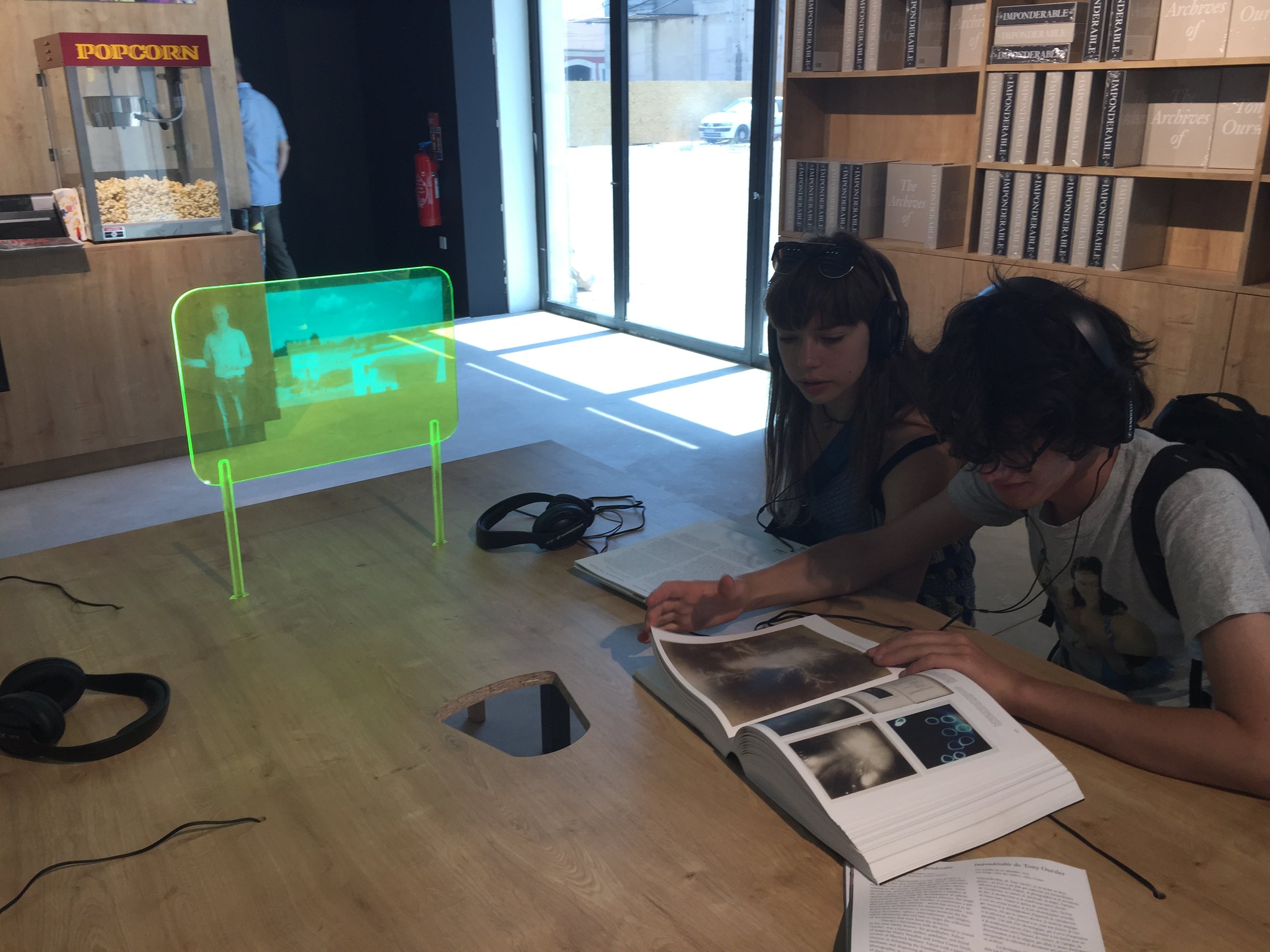
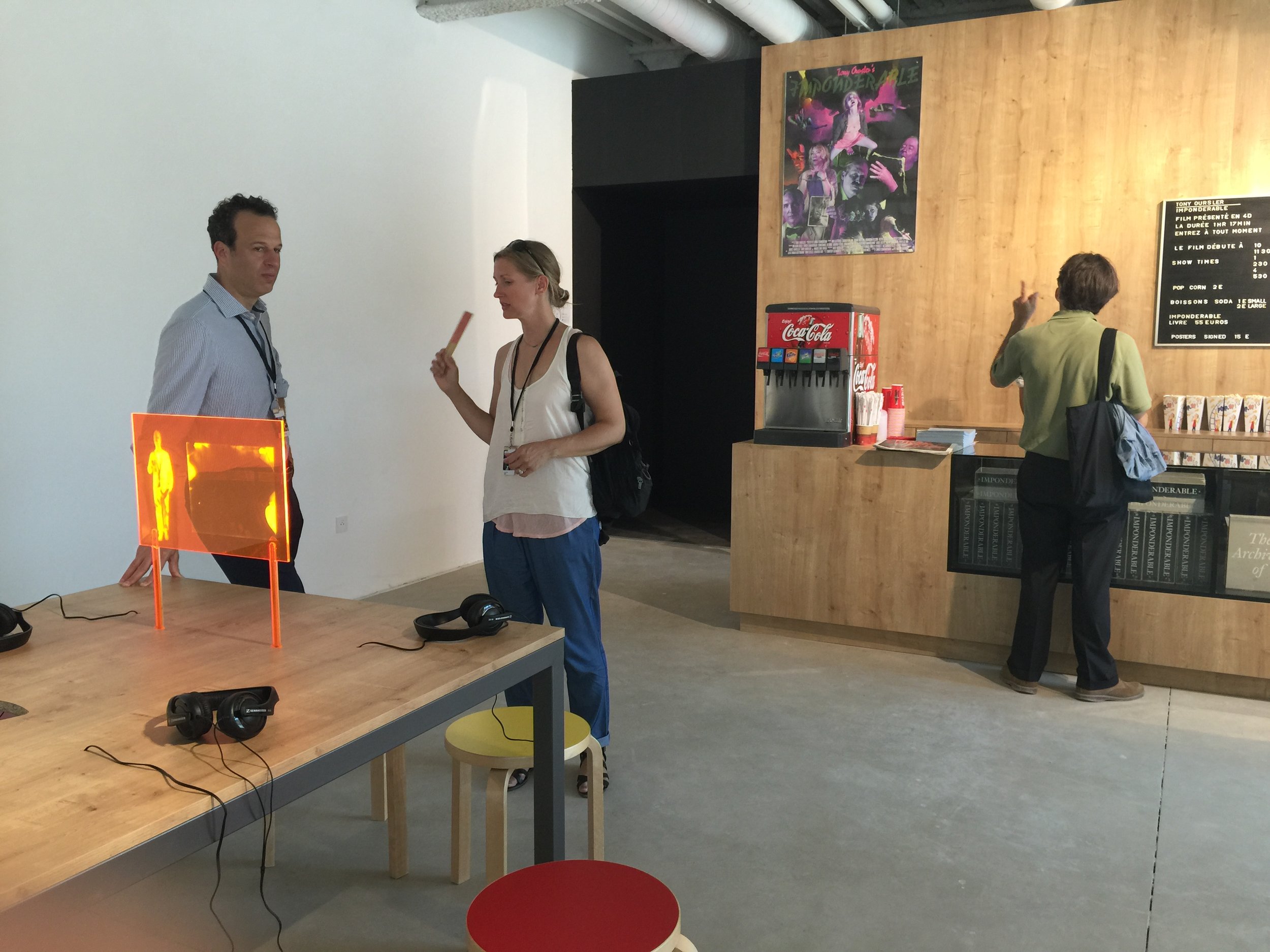
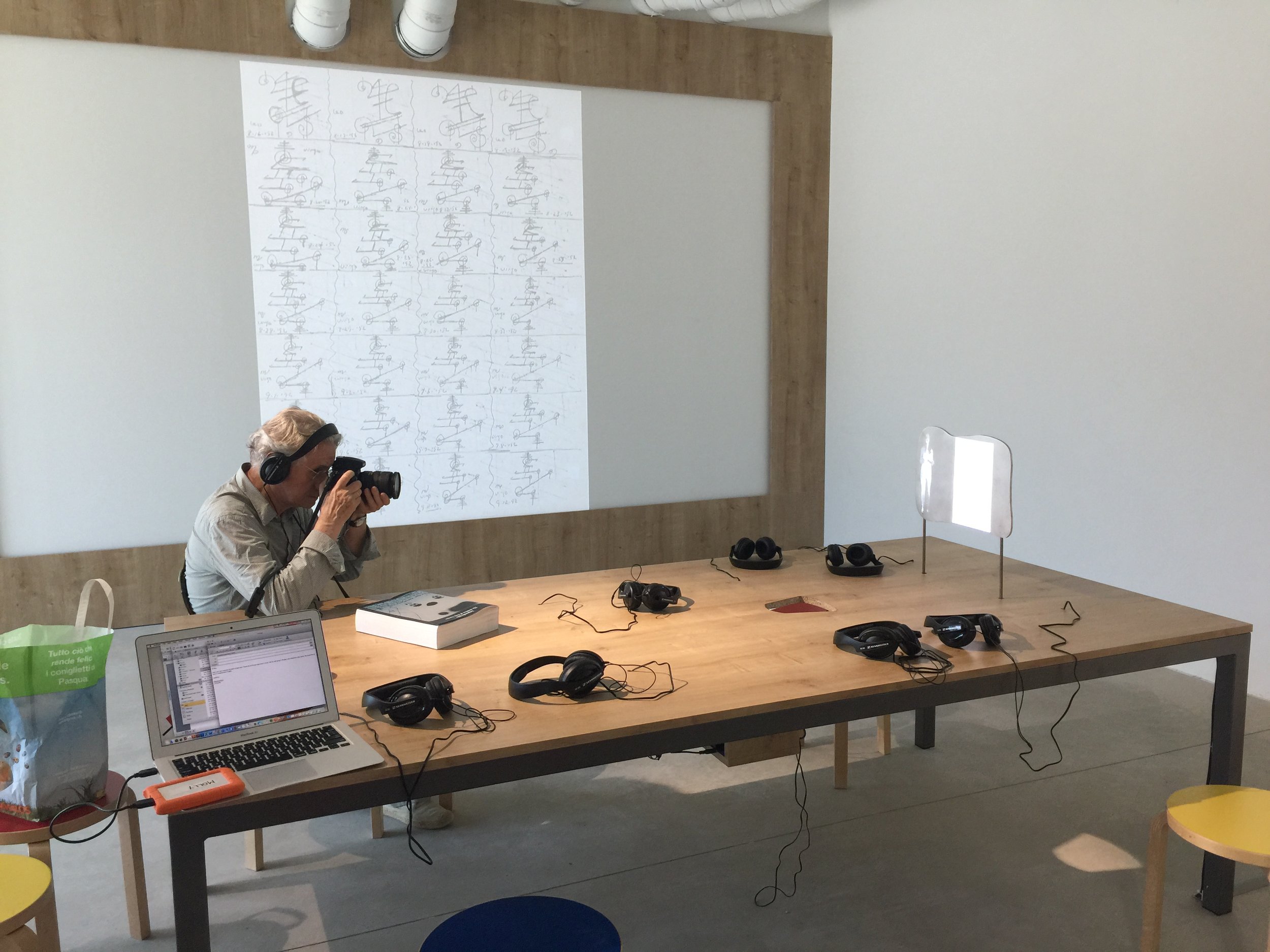

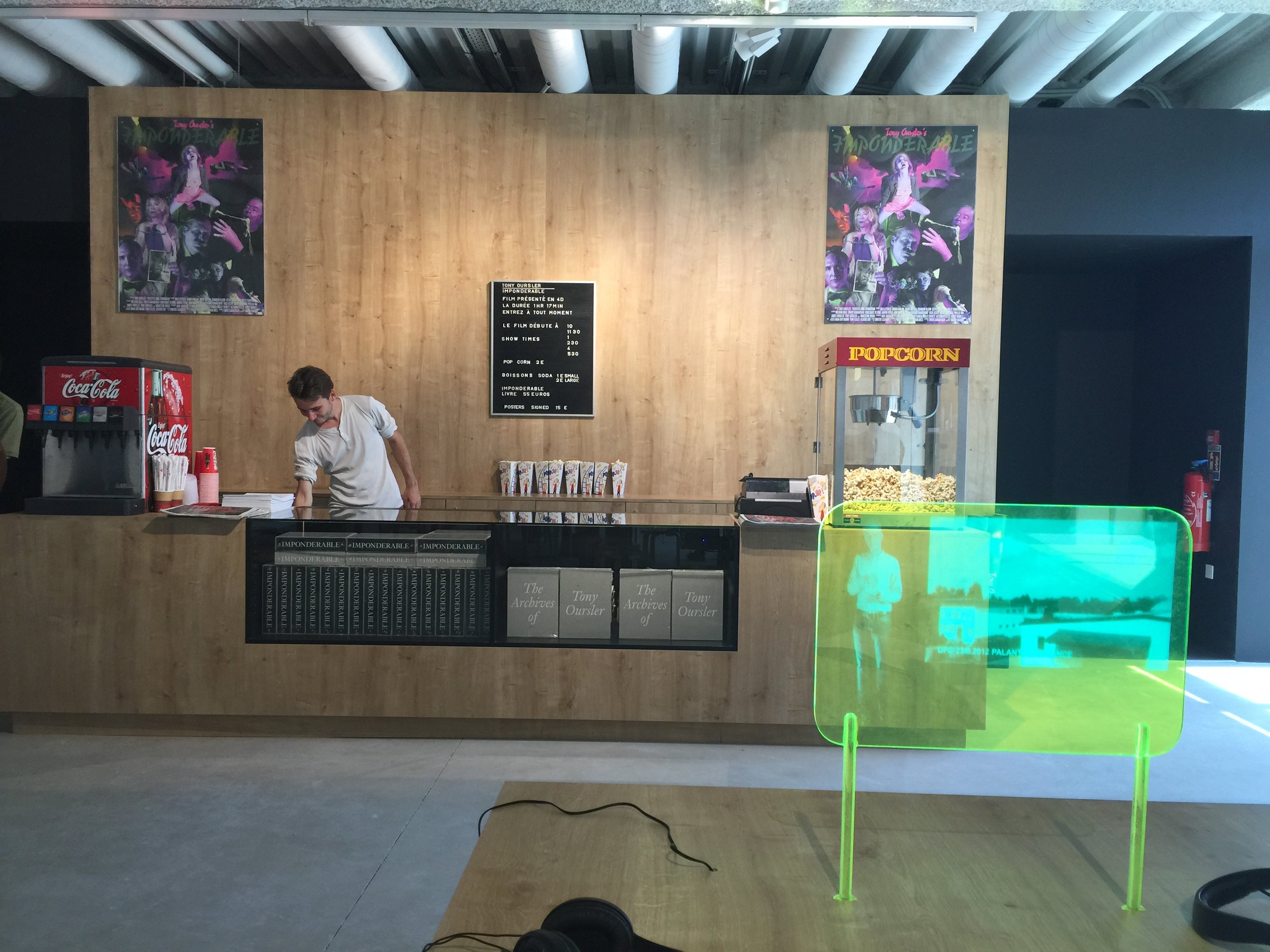
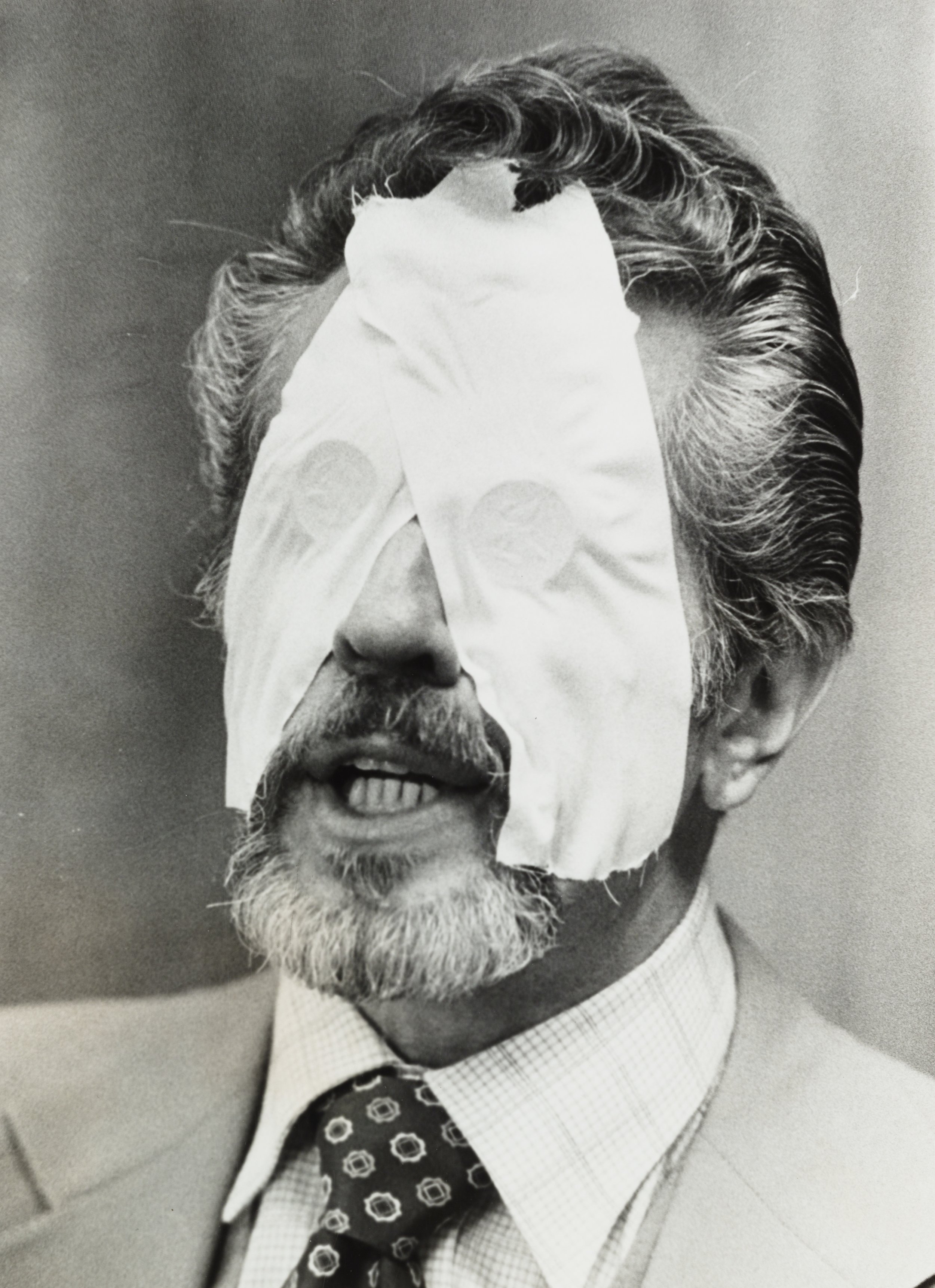
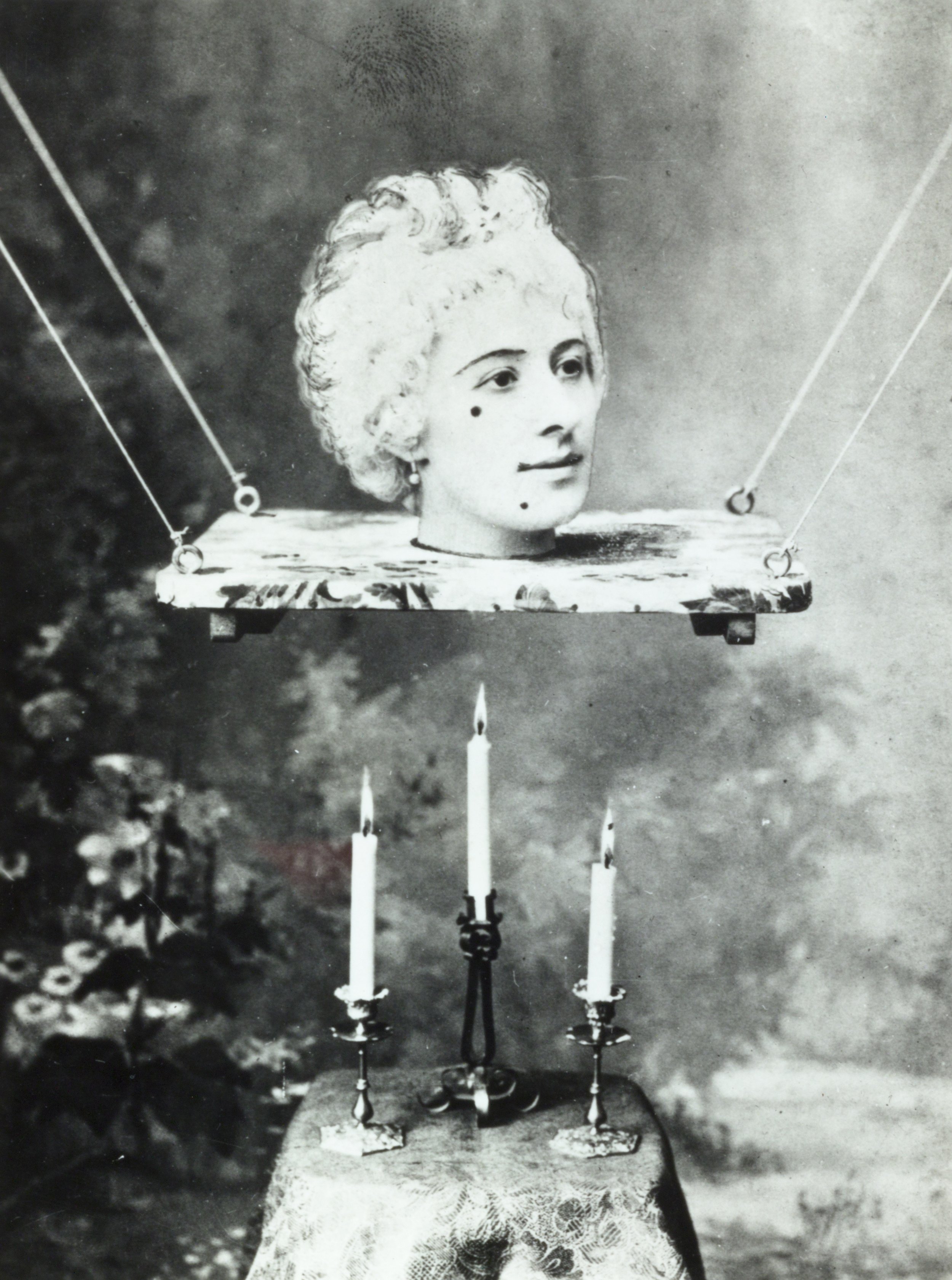
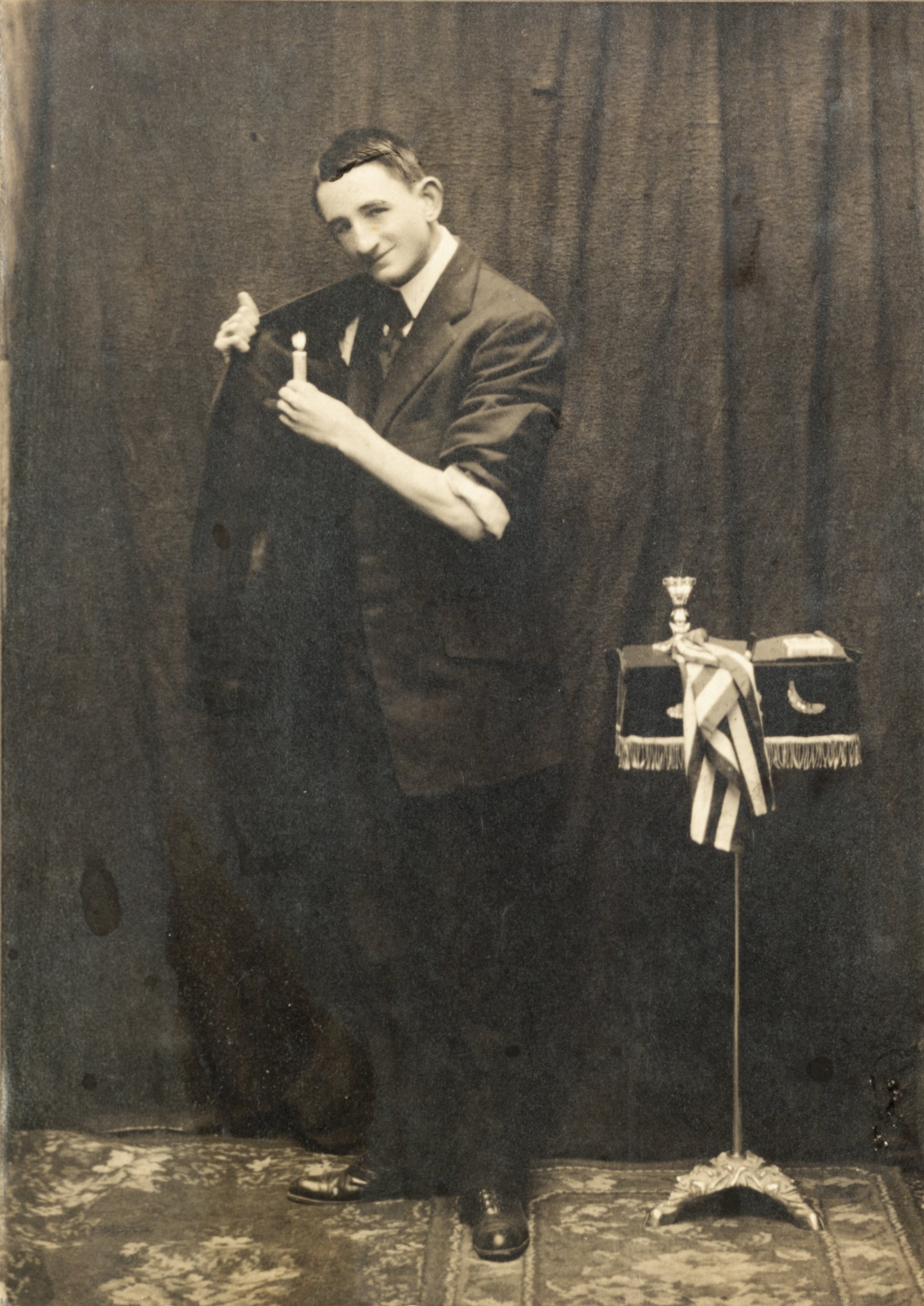

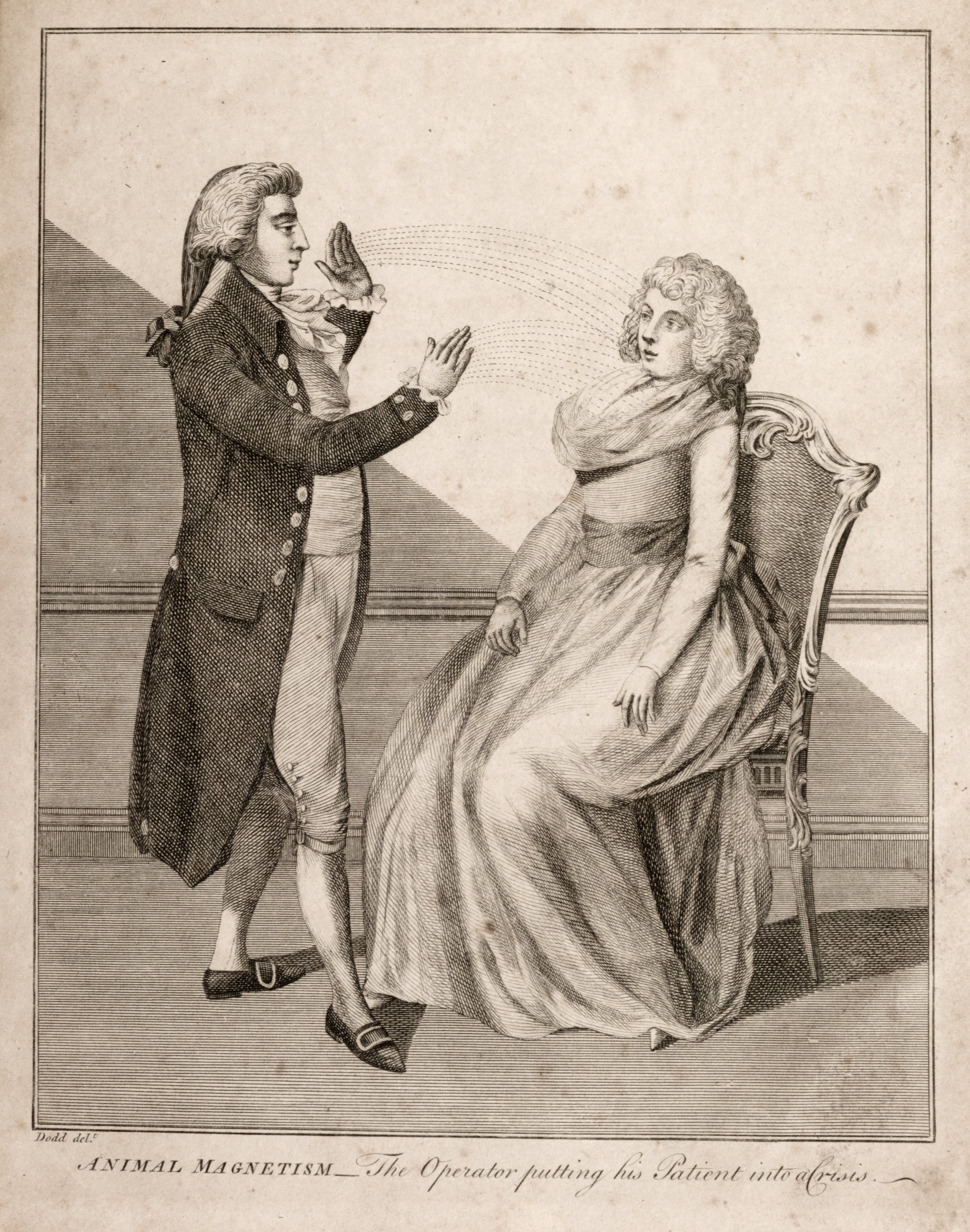
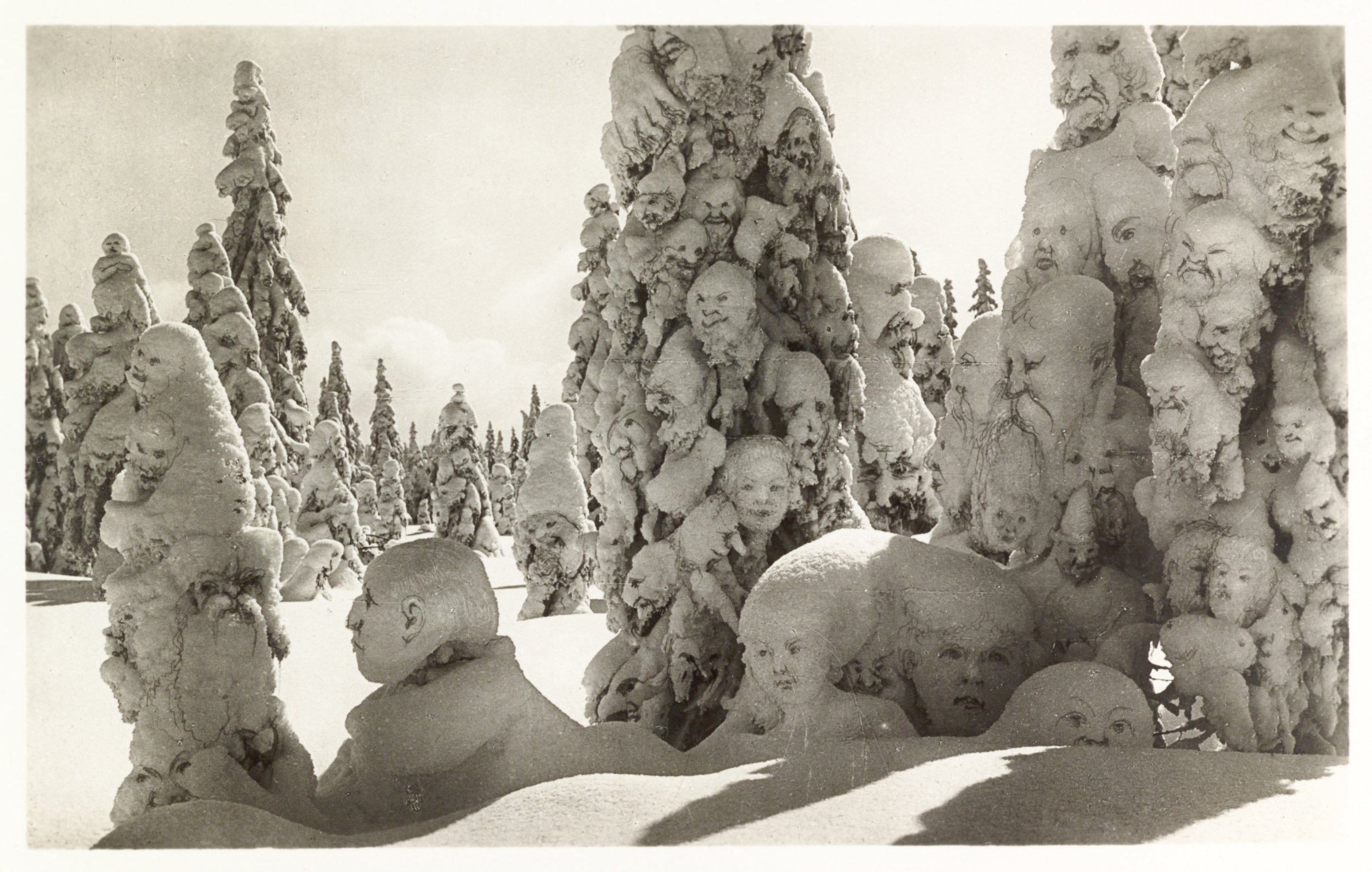
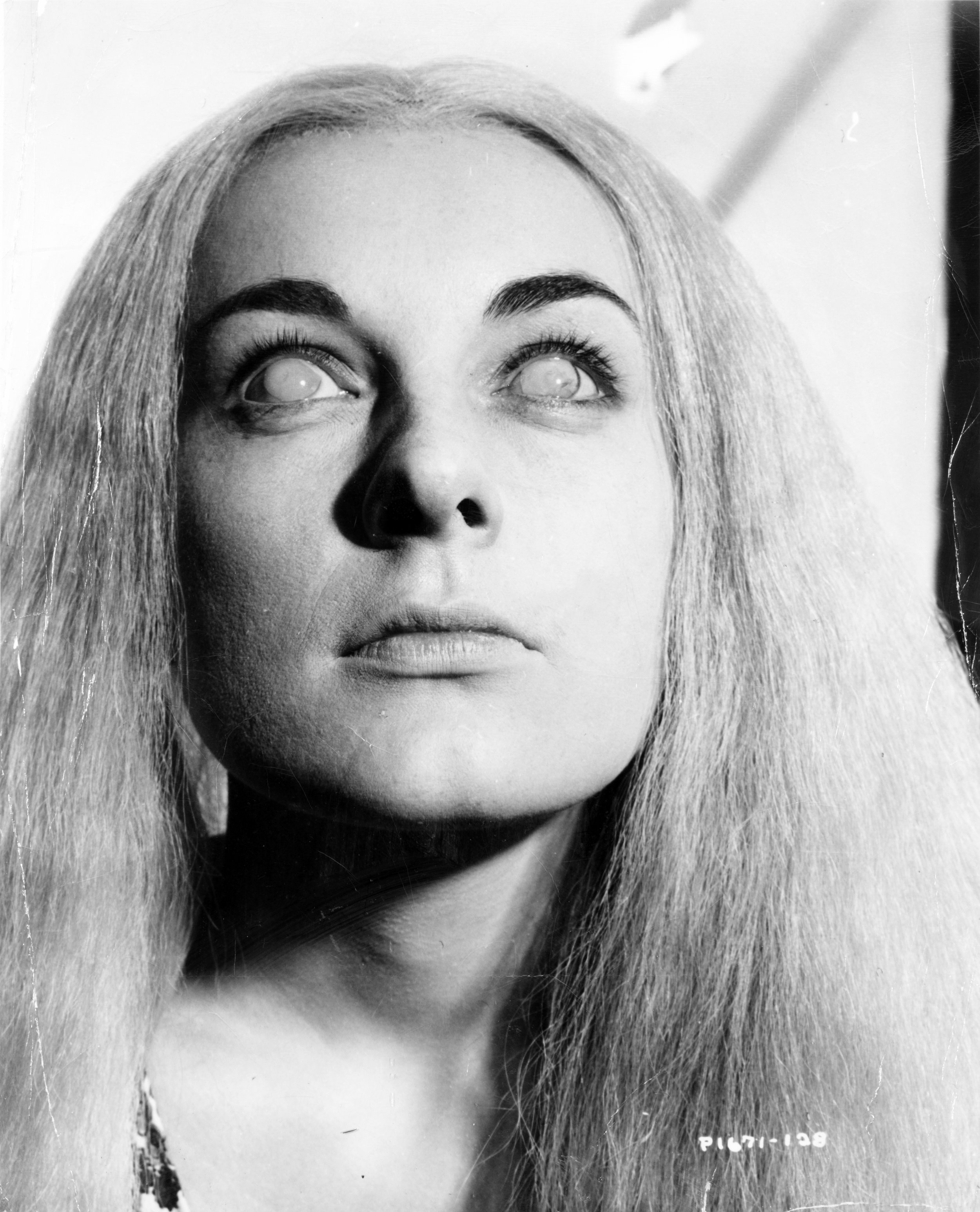

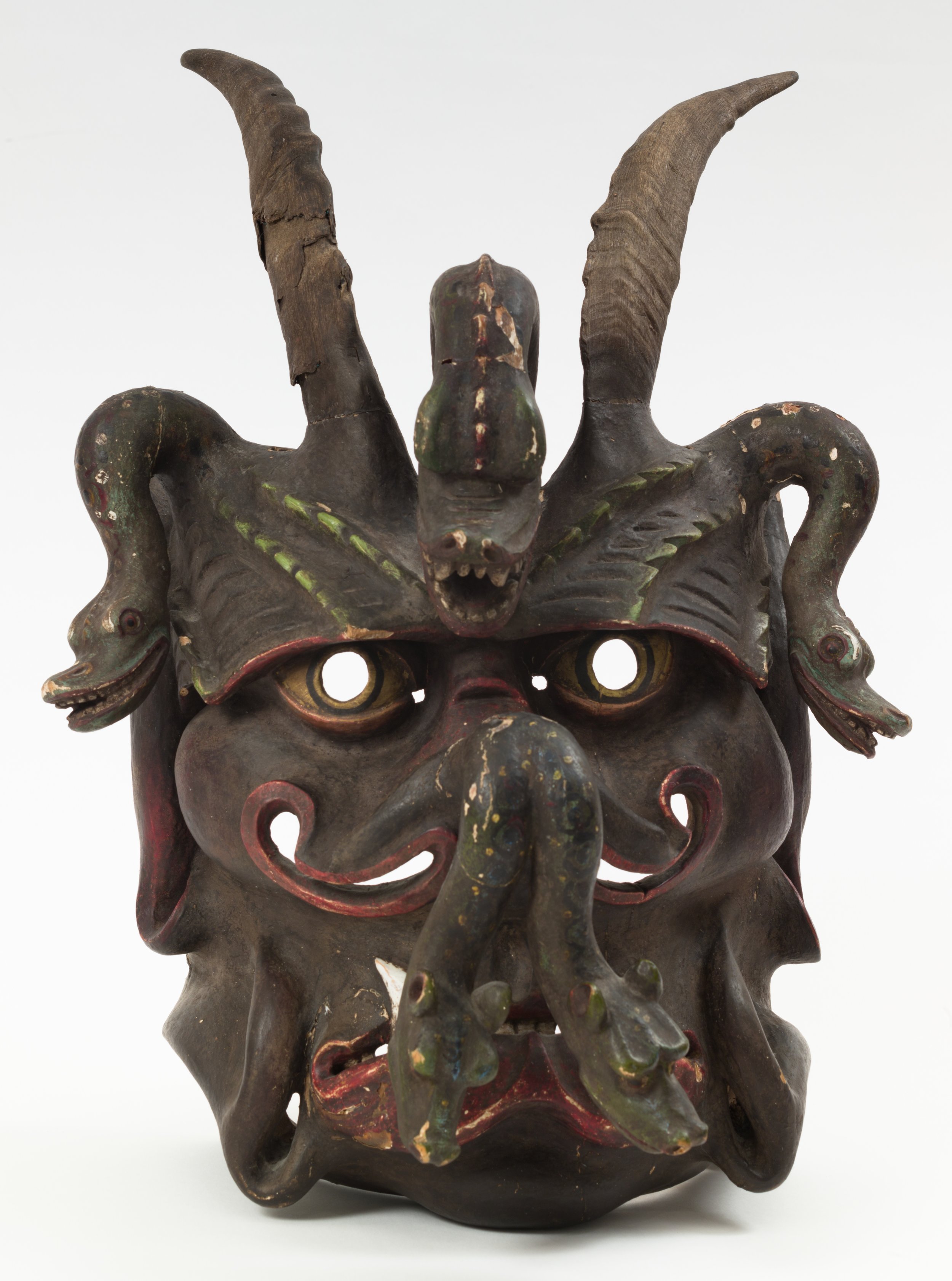
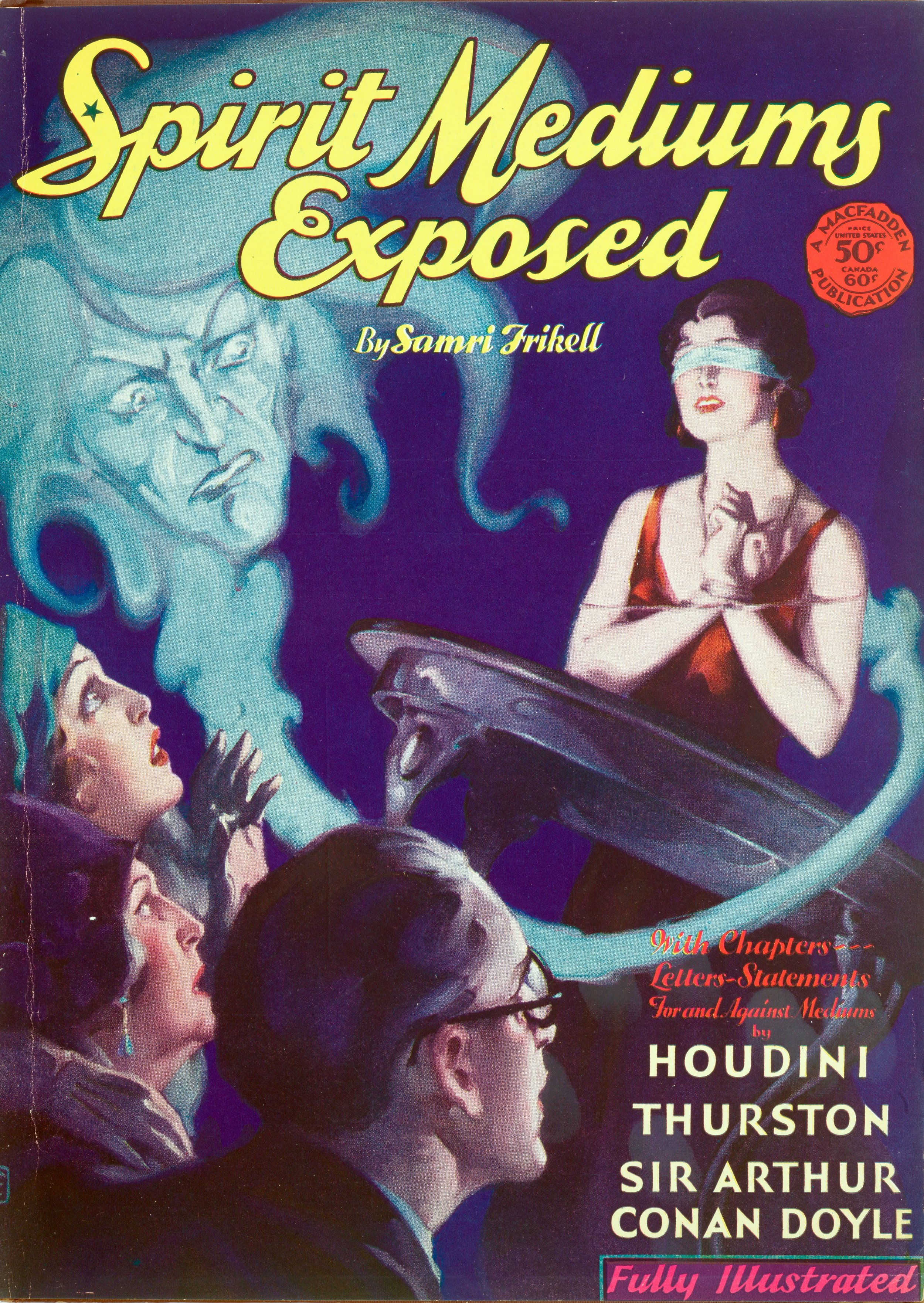
Imponderable is an extensive project that investigates the personal archive of American artist Tony Oursler, a remarkable trove of more than 2,500 photographs, publications and unique objects, tracking a social, spiritual and intellectual history dating back to the early 18th century. Imponderable, suggests the idea of something that cannot be determined with accuracy. Early scientists used the word to describe magnetism, electricity, and other than unquantifiable energies, many of which are represented in Tony Oursler's collection. The imponderable also suggests an area of open speculation populated by numerous conflicting belief systems.
The archive has spawned numerous projects for Oursler and in 2015 the LUMA foundation produced Imponderable an extensive book and a unique 4D film-based experience which was installed at MOMA in 2016. In an original narrative, Oursler weaves various characters from the archive, including members of his family, to highlight specific parts within the archive. In the 1920s, Fulton Oursler the artist grand father debunked spirit mediums, which was a popular form of inspiration, curiosity and entertainment at the time. This was something he held in common with his friend magician and escapologist, Harry Houdini. He was also in active correspondence with the detective novelist Arthur Conan Doyle, known for his Sherlock Holmes novels, who was also an important champion of paranormal and mystical exploration, he was also a proponent of the veracity of what famously became known as the Cottingley fairies, a notorious series of five black and white photographs showing a young girl enjoying the company of dancing fairies). The interplay between fraudulent psychics, debunking magicians, and surrealistic seances forms the core of Oursler’s phantasmagorical cinematic experience, which delves into an unlikely interplay between empiricism and the mystical. JG Thirlwell produced this original sound track for the film.
In an age of digital manipulation and instant image distribution, it is a prescient moment to revisit the artist’s personal histories of scientific, religious, and aesthetic speculative thought particularly in the larger context of image production and reception.
In the mid- 1990s, Oursler began to compile a personal history of virtual art production in the form of a simple timeline. The first version of Oursler’s optical timeline (there have been several) began with the camera obscura, phantasmagoria and other ephemeral mimetic devices that for Oursler constitute a parallel art history. His timeline has served as an instrument of inspiration for numerous artworks, drawn from his wide interest in the histories of science, optics, entertainment, and religion (to name but a few) that would ultimately lead him to begin a collection of documents that now form his archive. As a result, Oursler began building his collection of primary materials in earnest leading up to the time he made The Influence Machine (2000), a large, outdoor projected installation that linked the evolution of technological advancements (from Morse code through radio to the Internet) to our continuous desire to expand our human limitations.
In this work, Oursler shows that each new technology is culturally interrogated, often imbued with fantastical, oracle abilities before becoming commodified. How these moments of technological potential play out has inspired Oursler’s investigation. This initial research into these fringe practices of media histories and occult phenomenon led Oursler further into ideas of speculative thought, the boundaries of science, the use of the spectacular, which resonate with contemporary pop culture.
The landscape of the archive covers numerous categories such as: stage magic, thought photography, demonology, cryptozoology, optics, Mesmerism, automatic writing, hypnotism, fairies, cults, pareidolia, the occult, color theory and UFOs. For Oursler, nested and mirrored within this archive is an intriguing family history. His grandfather, Fulton Oursler, was a polymath of American cultural production. He was a senior editor at the publisher of True Detective, True Romance magazines, and wrote a hit Broadway play, The Spider, and was a stage magician. In the 1940s, he wrote the evangelical pop biography of Jesus, The Greatest Story Ever Told. His wife, Grace Perkins, was a prolific and successful writer, generating more than fifty books, as well as screenplays for films like Night Nurse and Boy Crazy. Tony’s father was managing editor at Reader’s Digest and founded the magazine Angels on Earth.
For the Imponderable exhibition, Oursler has produced a unique 5D film-based experience. In an original narrative, Oursler weaves various characters from the archive, including members of his family, to highlight specific parts within the archive. In the 1920s, Fulton was a leading figure in the debunking of spirit mediums, which was a popular form of inspiration, curiosity and entertainment at the time. This was something he held in common with his friend magician and escapologist, Harry Houdini. He was also in active correspondence with the detective novelist Arthur Conan Doyle, known for his Sherlock Holmes novels, who was also an important champion of paranormal and mystical exploration, he was also a proponent of the veracity of what famously became known as the Cottingley fairies, a notorious series of five black and white photographs showing a young girl enjoying the company of dancing fairies. The interplay between fraudulent psychics, debunking magicians, and surrealistic seances forms the core of Oursler’s phantasmagorical cinematic experience, which delves into an unlikely interplay between empiricism and the mystical.
For the LUMA Foundation, this exhibition investigates new possibilities for archives and artistic production, which is one of its primary concerns. Imponderable translates the original archival materials into the form of a film, an installation and a publication, providing new insight into both the material gathered by the artist over many years and the trajectory of his own work.
The 5D film-based experience explores the conflicting and overlapping belief systems implicit within his grandfather's engagement with the debunking of paranormal activity. The broader reach of the archival material is presented in a 600-page, fully illustrated publication that makes the archive available to the public for the first time. Alongside a substantial visual catalogue of Oursler's archive organized by the artist, this publication gathers a large number of newly commissioned texts by scholars, historians and fellow enthusiasts for material that certainly lies outside the mainstream.